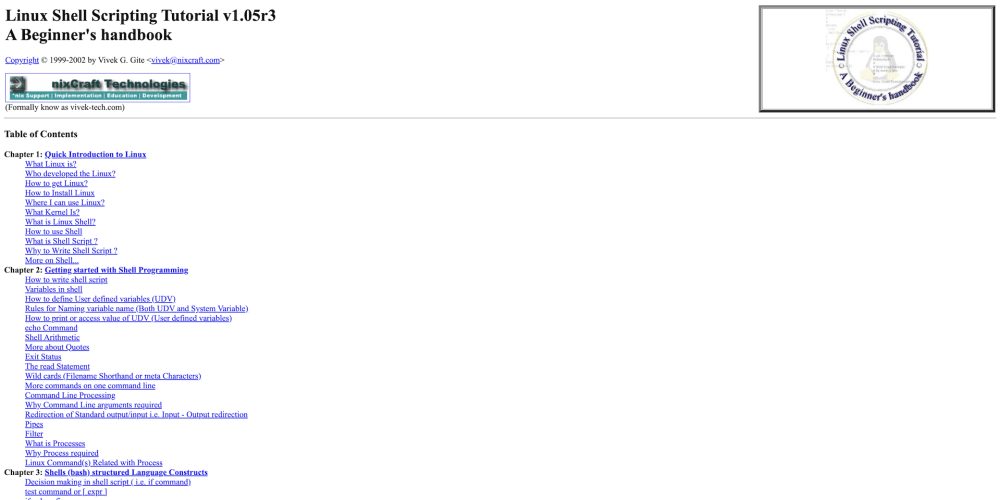Mathematics is a subject that often elicits strong reactions, from enthusiasm to anxiety. While many factors contribute to struggles with math, the cornerstone of success lies in building a solid foundational understanding. This article explores strategies to address the various challenges students face in mathematics, with a focus on strengthening that crucial foundation.
- Reinforcing Basic Concepts
The Single Most Important Reason People Struggle with Math
Lack of foundational understanding.
While there are various factors contributing to math difficulties, a strong foundation is undeniably crucial. If a person doesn't grasp the basic concepts, subsequent topics will be increasingly challenging. This is akin to building a house on shaky ground.
Here's why this is so critical:
- Cumulative nature of math: Each topic builds upon the previous one. A gap in understanding early on creates a domino effect.
- Fear of failure: When students don't understand the basics, they often develop a fear of math, leading to avoidance and further difficulty.
- Negative mindset: A lack of foundation reinforces the belief that math is "hard" or "impossible," creating a self-fulfilling prophecy.
While other factors like teaching methods, learning styles, and psychological factors play a role, a solid grasp of fundamental mathematical concepts is the cornerstone for overcoming math challenges.
The cumulative nature of mathematics means that gaps in understanding can have far-reaching consequences. To address this:
- Implement regular review sessions of fundamental concepts
- Use diagnostic assessments to identify and target specific areas of weakness
- Provide opportunities for students to explain concepts in their own words, reinforcing understanding
- Tailoring Teaching Methods
Diverse learning styles require diverse teaching approaches:
- Incorporate visual aids, manipulatives, and real-world examples
- Utilize technology for interactive learning experiences
- Encourage collaborative problem-solving to promote peer learning
- Addressing Cognitive Factors
To support students with varying cognitive abilities:
- Break complex problems into smaller, manageable steps
- Teach memory techniques and organizational skills
- Provide extra time for processing when needed
- Combating Math Anxiety and Boosting Confidence
Creating a positive math environment is crucial:
- Normalize mistakes as part of the learning process
- Celebrate small victories and progress
- Implement growth mindset strategies to emphasize effort over innate ability
- Making Math Relevant
Connecting math to real-life applications can increase engagement:
- Incorporate project-based learning with practical applications
- Invite professionals to discuss how they use math in their careers
- Encourage students to find and share examples of math in their daily lives
- Providing Ample Practice Opportunities
Mastery comes through consistent, varied practice:
- Assign a mix of routine and non-routine problems
- Use spaced repetition techniques to reinforce learning over time
- Offer immediate feedback and opportunities for self-correction
- Developing Number Sense
A strong intuitive understanding of numbers forms the basis for higher-level math:
- Incorporate estimation exercises into daily routines
- Use number talks to discuss different problem-solving strategies
- Encourage mental math to build flexibility with numbers
- Addressing Individual Needs
Personalized attention can make a significant difference:
- Implement differentiated instruction to cater to various skill levels
- Offer one-on-one or small-group tutoring for struggling students
- Use adaptive learning technologies to provide targeted practice
- Fostering a Supportive Learning Environment
Creating a classroom culture that embraces math can reduce anxiety and increase engagement:
- Encourage questions and emphasize that there are often multiple ways to solve a problem
- Create opportunities for peer teaching and collaborative problem-solving
- Celebrate diverse approaches to problem-solving
- Continuous Assessment and Adjustment
Regular monitoring of student progress allows for timely interventions:
- Use formative assessments to guide instruction
- Provide regular opportunities for student self-reflection
- Adjust teaching strategies based on ongoing feedback and results
Conclusion
Addressing the challenges in mathematics education requires a multi-faceted approach. By focusing on building a strong foundation, tailoring instruction to individual needs, and creating a positive, engaging learning environment, we can help students overcome their struggles with math. Remember, every student has the potential to succeed in mathematics given the right support and strategies. As educators, parents, and mentors, our role is to provide the scaffolding that allows students to build confidence, competence, and even enthusiasm for mathematics.


















